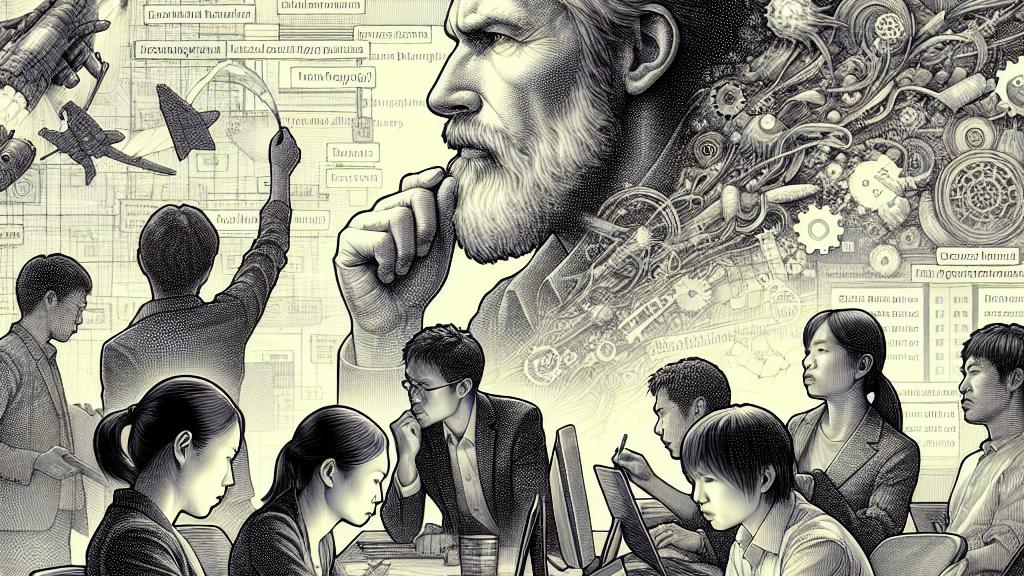Understanding the Challenges of IT Project Releases
Overview
- Dive deep into the intricate nature of IT project releases within fast-paced technological environments.
- Discover the vital impact of effective communication and strong leadership support on project outcomes.
- Learn how aligning project goals with team dynamics can significantly enhance success.

The Reality of IT Project Releases
Navigating the release of IT projects in Japan's dynamic tech sector can often feel overwhelming. Many people mistakenly believe that simply deploying the code means a project is complete. However, as Sean Goedecke points out, the reality is much different. Projects frequently face delays, cancellations, or are released in a half-finished state, leaving teams feeling frustrated and disheartened. Picture a scenario where an enthusiastic development team has poured countless hours into perfecting a new software feature, only to have their excitement dampened by last-minute feedback questioning its usability. This situation serves to highlight a crucial insight: someone needs to have a comprehensive understanding of the project’s vision and goals to guide the team appropriately. Moreover, teams must remain mindful that an excessive focus on user experience can inadvertently push release dates further out, leading to missed opportunities, unnecessary stress, and potential burnout.
Shipping as a Social Concept
Goedecke introduces a compelling perspective, viewing 'shipping' not just as a technical milestone, but as a social construct that hinges on the perceptions of key stakeholders within the organization. Imagine a product that users love—a tool they can’t wait to use—yet if upper management harbors doubts, that launch might not be celebrated as a success. This paradox reveals a deeper truth: the definition of a successful release can often depend more on satisfying leadership than meeting user needs. For example, a small agile team may develop innovative features that could revolutionize user experience, but if these features don't resonate with the company's strategic goals, their hard work might go unnoticed. Thus, it's paramount for developers to stay adaptable and aligned with changing project objectives to turn exciting ideas into celebrated successes.
Effective Communication and Leadership Support
To effectively tackle the challenges associated with IT project releases, prioritizing clear communication is essential, and this point cannot be emphasized enough. Let’s visualize it: during initial project discussions, team members actively engage in outlining expectations with leadership—should the focus be on enterprise features or broader user enhancements? This clarity not only streamlines workflow but also prevents unexpected surprises that can arise as deadlines approach. Furthermore, establishing a foundation of trust with leadership is critical for maintaining project momentum and enthusiasm. Regular updates and open discussions can transform potential risks into manageable challenges. By creating an inclusive culture where every team member feels valued and empowered to contribute, projects are far more likely to flourish. Ultimately, when individuals feel informed and involved, the likelihood of transforming a project vision into a triumphant reality significantly increases.

Loading...